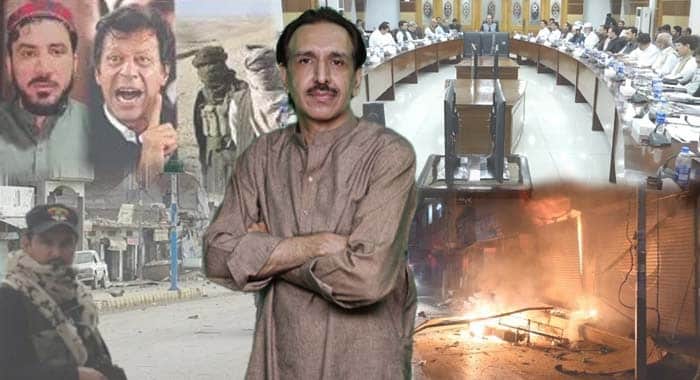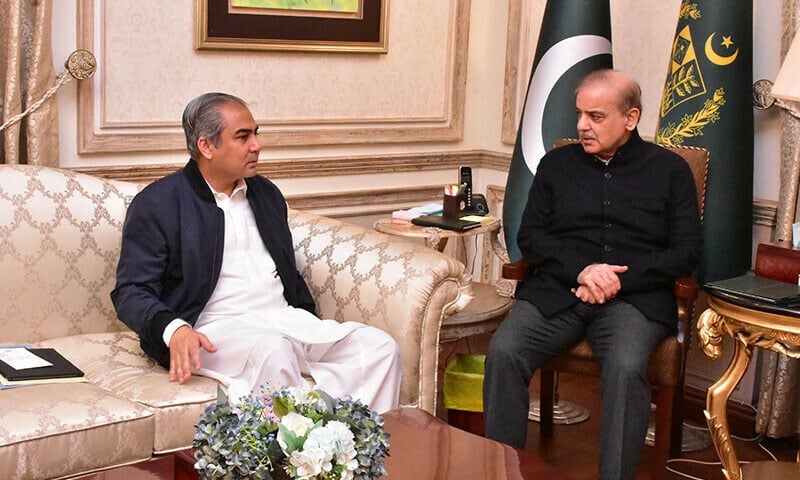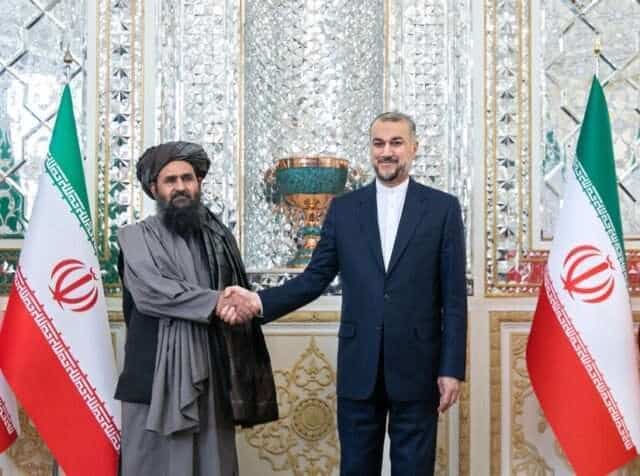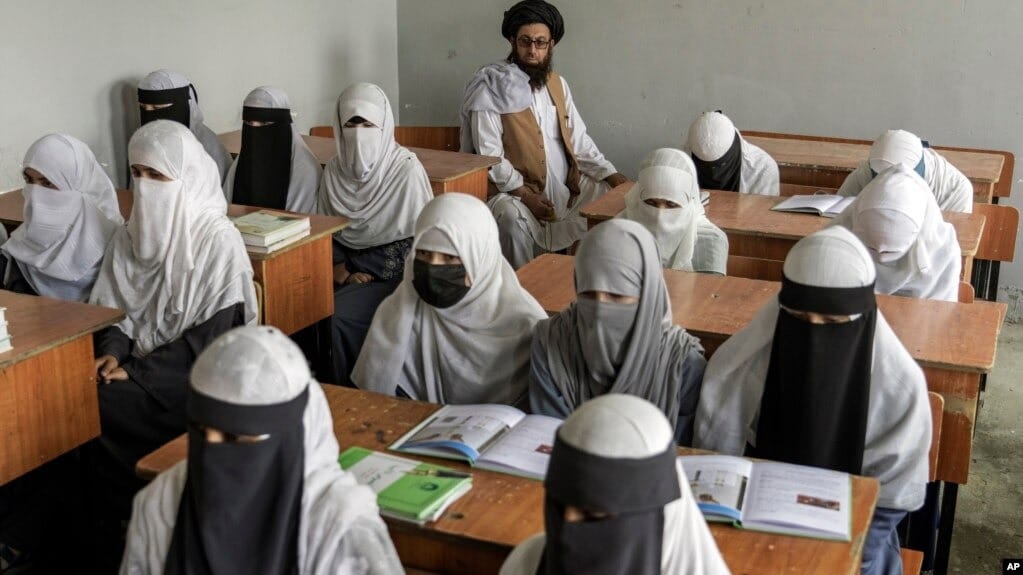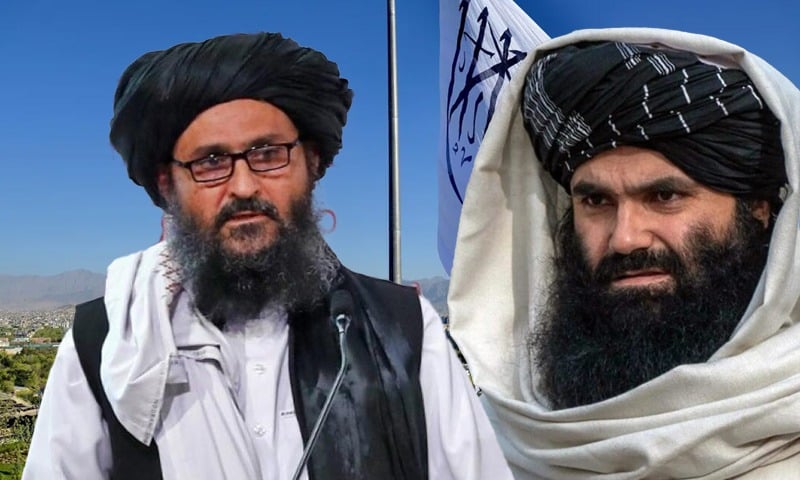Pakistan is confronting one of the most complex periods in its counter-terrorism history. In Khyber Pakhtunkhwa (KP) and Balochistan, terrorist activity has escalated despite ongoing military and paramilitary operations. Recent attacks, including the Bannu FC Headquarter assault and the Quetta Shahwani Stadium bombing, demonstrate the lethal capabilities of extremist networks and the persistent threats to civilian life, political leadership, and law enforcement personnel. These events cannot be viewed in isolation; they are the product of a combination of militant strategy, governance failures, socio-political marginalization, and historical policy missteps.
In Bannu, the attack on the Frontier Constabulary headquarters highlighted the operational risks that security forces face daily. Suicide bombers deliberately targeted the gate with a car-borne explosive device, resulting in multiple casualties, including two army majors, an SHO, and numerous personnel injured. The counter-operation, which lasted 13–14 hours, involved coordinated efforts by CTD, FC, and local police. All attackers were neutralized, demonstrating the discipline, courage, and skill of our security forces. Yet, the attack also underscores the vulnerability of critical infrastructure and the human cost of inadequate security planning and protective measures.
Similarly, in Quetta, terrorists attempted to target political leaders at Shahwani Stadium using a suicide device containing 11 kilograms of explosives. While preventive measures limited the casualties, the attack claimed 18 lives, including two police officers. Both attacks reflect not only the ruthlessness of terrorist organizations such as Fitna al-Khawarij and ISIS-Khorasan Province (IS-KP), but also a strategic effort to project capability, sow fear, and undermine public confidence in the state’s security apparatus.
The escalation in violence is compounded by structural governance failures. In KP, the inadequacy of police infrastructure is glaring. After the FATA merger, successive provincial governments neglected police check-posts and other security installations. Currently, 47% of police posts lack proper boundary walls, leaving personnel vulnerable to targeted attacks. Security officers are often deliberately exposed to high-risk situations due to these infrastructural gaps, which also increases public casualties. Despite allocations of two to four billion rupees to upgrade facilities, many of the basic security requirements remain unmet. Such deficiencies are not merely operational; they have profound socio-political implications.
These gaps are systematically exploited by extremist groups. The TTP, for example, has increasingly emphasized Pashtun nationalism as part of its narrative, capitalizing on local perceptions of marginalization and underrepresentation. The movement’s appeal is reinforced when the state fails to deliver equitable governance, adequate political representation, or basic services, allowing militants to claim that the government neglects or discriminates against certain communities. The PTM and other socio-political movements, while distinct in ideology, sometimes indirectly validate the grievances that groups like the TTP amplify.
Attempts at dialogue or negotiated agreements with extremist groups have historically failed. Over two dozen past agreements have been repeatedly exploited by militants to advance their agenda, secure the release of their members, or regroup for further attacks. Rehabilitation programs undertaken in 2018 and 2021, which reintegrated thousands of militants, illustrate the risks of short-term political expediency overriding long-term security planning. These lessons emphasize that dialogue with groups that reject the state’s authority, declare democracy as Kufr, and target civilians is not a viable solution.
Military operations, coordinated intelligence, and sustained political resolve are essential to counter these threats. Operations in Bannu and other districts show that when security forces act decisively, terrorist networks can be disrupted. However, cross-border support and sanctuary, particularly from Afghan-based elements, continue to sustain these groups. Persistent engagement with the Afghan government is crucial to ensure that militants do not exploit safe havens, and that border security and intelligence-sharing mechanisms are strengthened.
Equally important is addressing longstanding governance issues. Residents of newly merged tribal districts and KP’s southern areas must witness tangible improvements in infrastructure, police capabilities, and political representation. Afghan refugees and local populations must receive basic services, including water, healthcare, and education, so that extremism cannot exploit grievances. Mismanagement, double standards, or politically motivated decisions regarding refugees or infrastructure reinforce narratives of neglect and create fertile ground for militant propaganda.
The intersection of military strategy, political engagement, and socio-economic reform is crucial for long-term stability. Counter-terrorism cannot be limited to military action alone; it must be accompanied by inclusive governance, equitable development, and mechanisms to restore public trust in the state. Failure in any of these areas directly enhances the ability of militant groups to operate and propagandize.
Pakistan’s security establishment has demonstrated resilience, operational skill, and strategic resolve. Yet the broader battle is complex, multi-dimensional, and likely to span several years. Only a holistic approach; combining decisive military action, political inclusion, socio-economic development, and international cooperation, can gradually dismantle terrorist networks and stabilize KP, Balochistan, and the tribal districts. Anything less risks perpetuating cycles of violence, mistrust, and instability, undermining both national security and the public’s confidence in the state.
Policy Recommendations for Effective Counterterrorism
Infrastructure Modernization: Security installations, including police check-posts, FC bases, and CTD units, must be fully fortified with perimeter walls, surveillance systems, and rapid-response capabilities. Every district with a history of terror attacks should be prioritized.
Enhanced Political Representation: Residents of merged tribal districts and marginalized regions must have tangible representation at both provincial and federal levels. Symbolic gestures are insufficient; ministerial and administrative positions must reflect population size and strategic importance.
Socio-Economic Development: Extremist narratives thrive where basic needs are unmet. Education, healthcare, clean water, and employment opportunities must be systematically extended to vulnerable populations, including Afghan refugees, to reduce militant recruitment potential.
Integrated Intelligence and Security Operations: Coordination between the military, paramilitary, CTD, and local police should be institutionalized. Real-time intelligence sharing, rapid deployment units, and comprehensive operational planning must guide every counter-terrorism initiative.
Cross-Border Diplomatic Engagement: Persistent communication with Afghanistan is essential to deny sanctuary to militants. Joint operations, intelligence cooperation, and consistent diplomatic pressure are necessary to prevent cross-border infiltration.
Legal and Rehabilitation Frameworks: Agreements with militants must be evaluated through stringent legal scrutiny to prevent misuse. Rehabilitation programs, when employed, should be carefully monitored and accompanied by strict oversight to ensure they do not inadvertently rearm or re-empower extremists.
Public Trust Restoration: Civilian populations must be actively included in security planning. Transparent governance, swift service delivery, and visible protection measures will reduce the leverage extremist groups gain from public grievances.
A combined application of these measures can not only neutralize immediate threats but also weaken the long-term appeal of extremist ideologies. Only a sustained, multi-pronged strategy will enable Pakistan to restore peace, secure its citizens, and maintain stability in KP, Balochistan, and the tribal districts.

